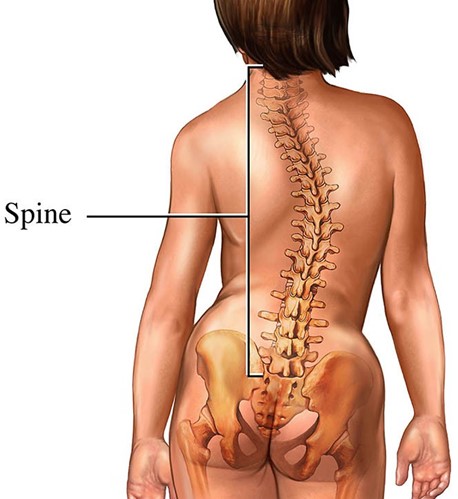A client in her first trimester is concerned about how weight gain will affect her appearance and questions the nurse concerning dietary restrictions.
How much weight gain should the nurse point out will be safe for this client with a low BMI?
15 to 25 pounds (7 to 11 kilograms).
28 to 40 pounds (13 to 18 kilograms).
16 to 30 pounds (7.25 to 14 kilograms).
25 to 35 pounds (11 to 16 kilograms).
The Correct Answer is B
28 to 40 pounds (13 to 18 kilograms).
Women with a low BMI (under 18.5) should gain between 28 to 40 pounds (13 to 18 kilograms) throughout their pregnancy.
Choice A, 15 to 25 pounds (7 to 11 kilograms), is incorrect because it is the recommended weight gain for women who are overweight before pregnancy.
Choice C, 16 to 30 pounds (7.25 to 14 kilograms), is incorrect because it does not fall within the recommended weight gain range for women with a low BMI.
Choice D, 25 to 35 pounds (11 to 16 kilograms), is incorrect because it is the recommended weight gain for women who are at a healthy weight before pregnancy.
Nursing Test Bank
Naxlex Comprehensive Predictor Exams
Related Questions
Correct Answer is B
Explanation
The nurse observes Brittny during meal times and for 2 hours after eating to monitor for purging behaviors.
Choice A is incorrect because building a trusting relationship with the patient is important but not the primary reason for observing the patient during meal times and for 2 hours after eating.
Choice C is incorrect because teaching about nutrition is important but not the primary reason for observing the patient during meal times and for 2 hours after eating.
Choice D is incorrect because taking a break with the patient is not the primary reason for observing the patient during meal times and for 2 hours after eating.
Correct Answer is A
Explanation
Allowing the child to choose an article or two of clothing that she can wear with the brace can help her feel more confident and in control of her appearance.
This can help her feel better about wearing the brace and improve her overall attitude toward the treatment.

Choice B is not the best answer because it focuses on the long-term benefits of the treatment without addressing the child’s immediate concerns and emotions.
Choice C is not the best answer because it suggests that the child should be left alone to deal with her emotions, which may not be helpful in this situation.
Choice D is not the best answer because it suggests comparing the child’s situation to others who are sicker, which may not be helpful or appropriate.
Whether you are a student looking to ace your exams or a practicing nurse seeking to enhance your expertise , our nursing education contents will empower you with the confidence and competence to make a difference in the lives of patients and become a respected leader in the healthcare field.
Visit Naxlex, invest in your future and unlock endless possibilities with our unparalleled nursing education contents today
Report Wrong Answer on the Current Question
Do you disagree with the answer? If yes, what is your expected answer? Explain.
Kindly be descriptive with the issue you are facing.
